Part of my morning practice is to read a passage from a book such as A Year with Rilke or A Year with Rumi. Among my other favourites are Mark Nepo’s The Book of Awakening and Richard Wagamese’s Embers: One Obibway’s Meditations. It’s my own form of mindfulness practice to begin the day as are the various elements in the Writing Life women’s writing circles I lead. We begin with the ringing of the Tibetan ting sha and take three deep breaths: one to let go, one to stay here and one to surrender to what’s next. Although I learned Thich Nhat Hanh’s three breaths with the third breath as surrendering to what’s next, it could be a surrender to “what is” so that through letting go, we let be.
I read a poem following the three breaths and we do a “checking in.” We follow some guidelines so that all the intentions create a sacred container for the vulnerability of writing and sharing.
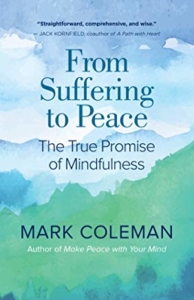 Lately, I’ve been reading From Suffering to Peace: The True Promise of Mindfulness by Mark Coleman (New World Library, 2019). I appreciate that Mark has included poetry throughout the book including references to the poetry of William Blake, Jack Gilbert, Naomi Shihab Nye, Anna Akhmatova, Audre Lorde, Rilke, Hafiz and Kabir.
Lately, I’ve been reading From Suffering to Peace: The True Promise of Mindfulness by Mark Coleman (New World Library, 2019). I appreciate that Mark has included poetry throughout the book including references to the poetry of William Blake, Jack Gilbert, Naomi Shihab Nye, Anna Akhmatova, Audre Lorde, Rilke, Hafiz and Kabir.
Simply put, Mark says, mindfulness is “clear awareness. Knowing what’s happening as it’s happening. Present moment attention.” And a longer definition: “A non-reactive awareness of our mental, emotional, physical and environmental experience with an attitude of curiosity and care that develops insight and understanding.”
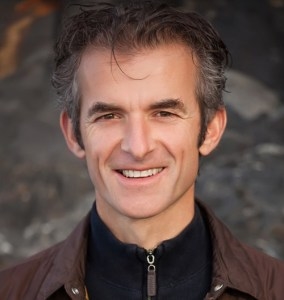 Mark Coleman has taught mindfulness meditation retreats and trainings worldwide for twenty years. He is the founder of the Mindfulness Training Institute and Awake in the Wild programs. Mark is a senior teacher at Spirit Rock Meditation Center and lives in Northern California. He started meditating when he was nineteen. He was a punk rocker and anarchist. In an interview, Mark said: “I was angry, confused and unhappy. I thought the problems of my own pain lay in fixing society. Once I stumbled into a meditation center and learned mindfulness, I realized the cause of much of my pain and suffering lay within my own mind and destructive mental habits.” www.markcoleman.org.
Mark Coleman has taught mindfulness meditation retreats and trainings worldwide for twenty years. He is the founder of the Mindfulness Training Institute and Awake in the Wild programs. Mark is a senior teacher at Spirit Rock Meditation Center and lives in Northern California. He started meditating when he was nineteen. He was a punk rocker and anarchist. In an interview, Mark said: “I was angry, confused and unhappy. I thought the problems of my own pain lay in fixing society. Once I stumbled into a meditation center and learned mindfulness, I realized the cause of much of my pain and suffering lay within my own mind and destructive mental habits.” www.markcoleman.org.
There are four sections to the book about finding peace in the body, in the mind, in the heart and in the world.
“Mindfulness refers to the depth of awareness we bring to our whole life, and in so doing we transform ourselves and the way we live in the world,” Mark says in the preface. My intent is that my morning practices and those in the writing circles help me to carry that sort of awareness throughout the day. I like the word “practice” as it doesn’t only mean getting better at something, it means something that is ever renewing.
Mindfulness allows one to be present to the sweetness of the chorus and the sour sounds of traffic. As Mark says, this awareness helps him avoid “contracting in negativity against unwanted noise” which he can’t do anything about anyway. A challenge for sure as our neighbour’s son begins work on his mother’s new deck at 7 a.m. How kind that he is doing it!
Each chapter has a practice to follow so that following Chapter 1, “Living with Embodied Awareness,” the practices are walking meditations.
The body scan is the practice at the end of a chapter on “Listening and Tending to the Body.” I have appreciated the body scan for a long time – since taking a Mindfulness Based Stress Reduction course in Toronto; listening to Jon Kabat-Zinn’s ‘s Guided Mindfulness Meditation CD; and in more recent years, attending restorative yoga classes. It’s something that can be done without book or CD as a practice “that supports embodied attention.”
Following a chapter about “Working Carefully with Physical Pain,” the practice is to ”attune to the pain with kind attention.” It is the “very running away that often adds to our stress and prolongs our misery,” Mark writes.
“Meeting Aging with Kind Awareness” is a good reminder. Carmelene Siani is the poet quoted in this chapter:
Let me see that being independent is not necessarily
an end all and be all
and that embracing interdependence
may be the greatest gift I can give those who love
and care about me.
 Walking at Neck Point in Nanaimo where I live, my mind tends to think about what’s next. I have had a habit of doing that for a few years now, ever since surgery on my leg and the many months it took to get walking again. For a long while, I felt “I just need to get through this and then I can rest.” I tend to still go into that mode and need to remind myself that I have much more energy now and so I can appreciate the walk and my surroundings or whatever else it is I am doing. And I can always remind my body to rest into the moment.
Walking at Neck Point in Nanaimo where I live, my mind tends to think about what’s next. I have had a habit of doing that for a few years now, ever since surgery on my leg and the many months it took to get walking again. For a long while, I felt “I just need to get through this and then I can rest.” I tend to still go into that mode and need to remind myself that I have much more energy now and so I can appreciate the walk and my surroundings or whatever else it is I am doing. And I can always remind my body to rest into the moment.
Look at what’s around you I want to say to the couple sitting on a log facing the ocean, their faces turned down to the screens of their phones.
One of the practices I haven’t undertaken yet is at the end of the chapter entitled“Embracing Death’s Invitation.” It’s called “Death Contemplation” and involves writing down ten or fifteen words that could be things, people or experiences on small pieces of paper. Picking one at a time, the practice is to randomly select a card or piece of paper and put it behind you. This is done while imagining you are very close to the end of your life, thinking about how death will take each thing away from you. Once you have put all the cards behind you, “sit quietly in mediation. Feel and reflect on what it is like to have all the things that are most precious taken away in this intimate yet impersonal dying process.”
One of the questions, Mark poses is: “What might you do to make the most of this wondrous gift of life that has been given to you?” Our time is fleeting as Mark says and our departure time unknown.
There is an ancient mindfulness practice called “Maransati” during which you “explore the uncomfortable inevitability of your demise, reflecting on the certainty of death and the uncertainty of the timing. You also visualize the process of dying itself.” Apparently, monks and nuns in Asia practice this meditation in charnel grounds to “release any unhealthy attachment to our physical form, and to see through the belief in the body as who we are.”
Mark says: “This meditation is an invitation to wake up and not live on autopilot, assuming life will go on forever. It reminds us to be fully present and awake for each experience, to live like our hair is on fire, as they said in Zen.”
The poem he refers to in the chapter is Mary Oliver’s “When Death Comes.”
When it’s over, I want to say all my life
I was a bride married to amazement
I could go on describing each chapter but best to get the book for yourself. It’s a wonderful one to make your way through, slowly and mindfully. Highly recommended!
From Suffering to Peace continues through to chapters at the end of the book including “We’re All in This Together”,” Waking Up to Unconscious Bias,” and “Being a Steward of the Earth.” Mark includes an excerpt from Diane Ackerman’s “School Prayer”:
I swear I will not dishonour
my soul with hatred,
but offer myself humbly
as a guardian of nature,
as a healer of misery,
as a messenger of wonder,
as an architect of peace . . .

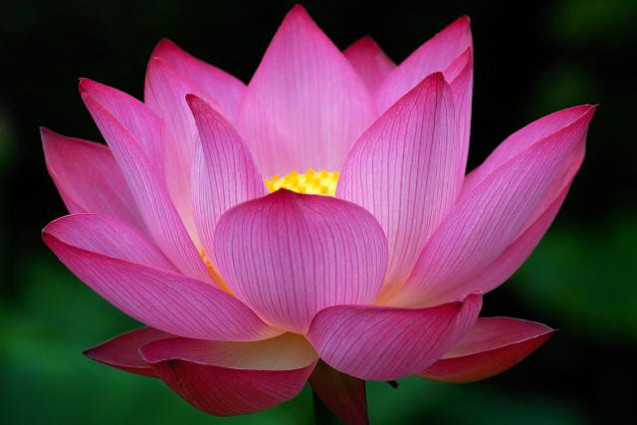
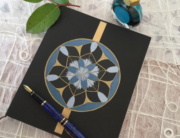
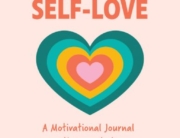
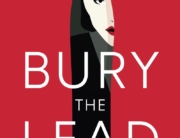
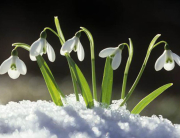
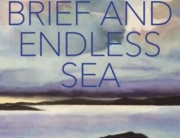
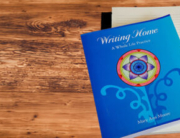
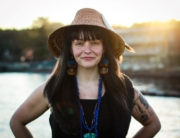
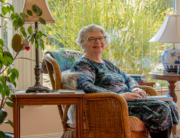
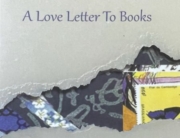
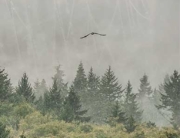
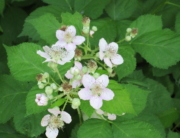
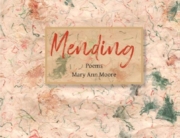
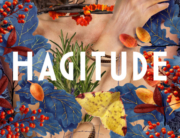
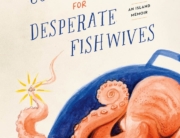
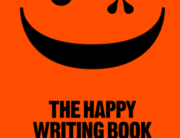
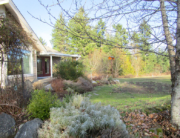
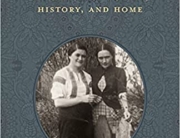
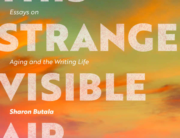
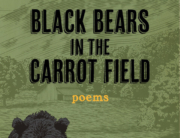
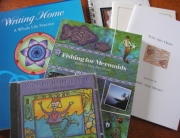
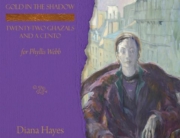
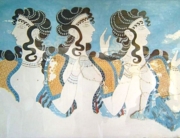
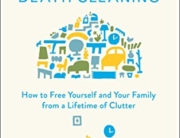
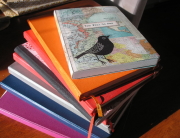
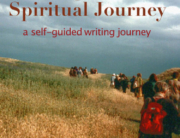
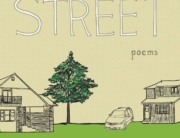
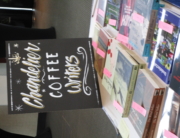
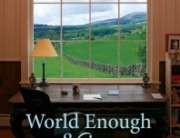
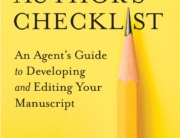
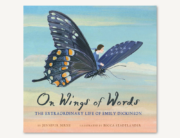

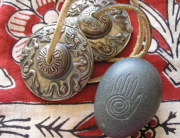
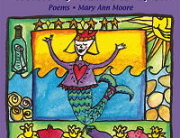
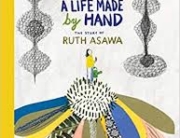
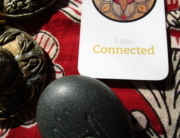
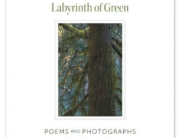
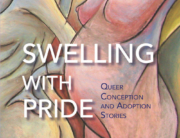
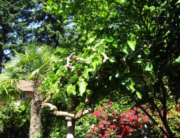
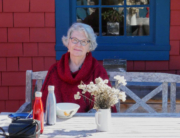
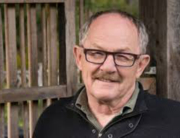
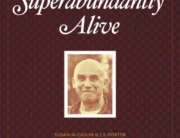
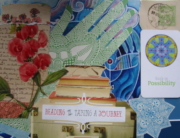
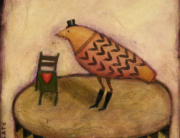
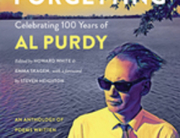
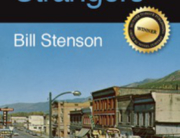
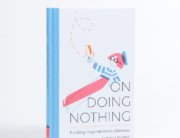
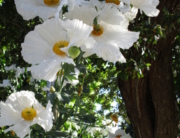
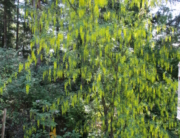
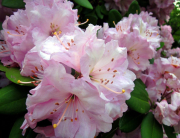
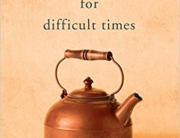
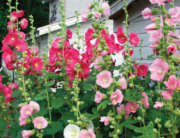
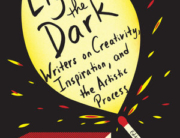
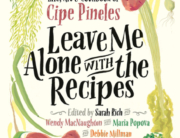
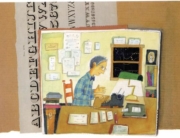
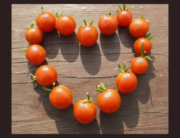



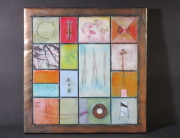

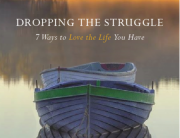

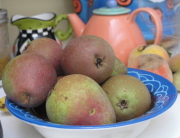
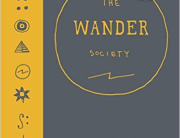


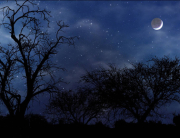
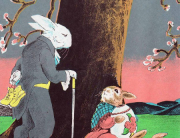
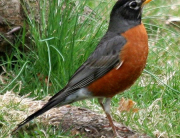
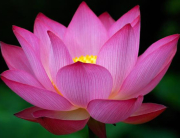

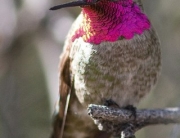
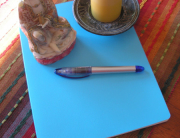

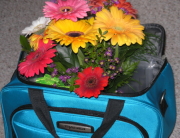
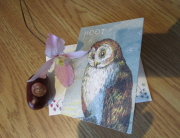
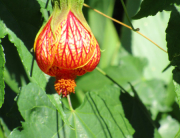

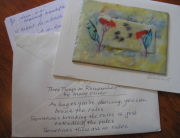

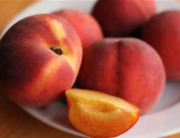
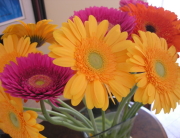
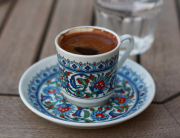
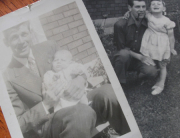
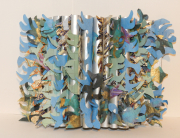


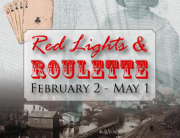
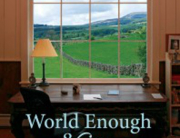
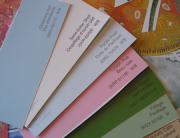



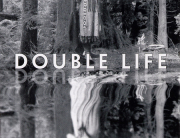

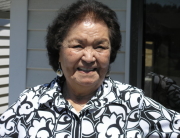
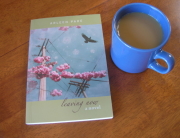

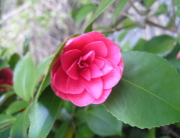

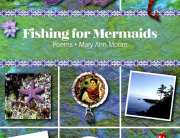
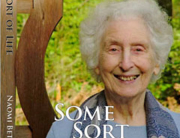
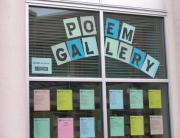
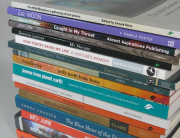

I so much needed today what you have written here, Mary Ann. Thank you.